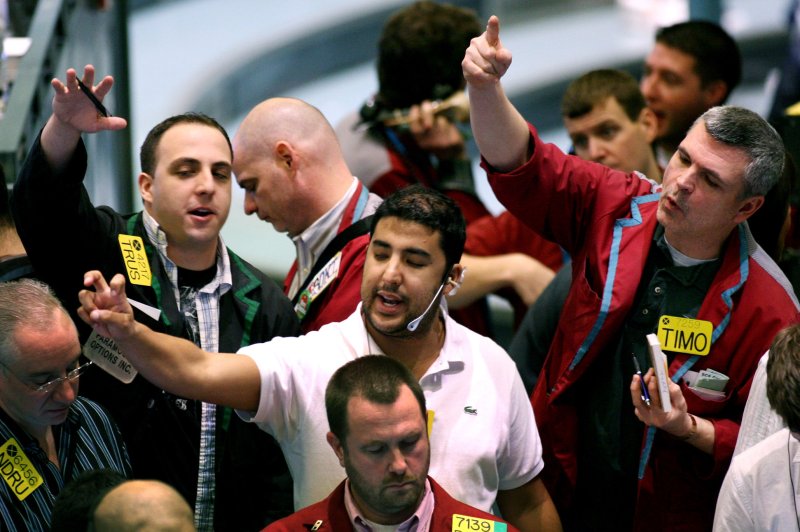Crude oil prices recover some lost ground as bullish tone gains some traction in the wake of OPEC's managed decline agreement. File photo by Monika Graff/UPI |
License Photo
Jan. 24 (UPI) -- Crude oil prices recovered some lost ground in early trading Tuesday as investors weighed OPEC cuts against U.S. oil market dynamics.
Crude oil prices lost out Monday after weekend statements confirmed compliance with a multilateral deal coordinated by the Organization of Petroleum Exporting Countries to bring markets back into equilibrium. China's reported economic growth balanced managed production declines.
Supply-side strains last year pushed oil prices to historic lows and crude oil prices have since held above the $50 mark given the lack of deviance from the OPEC-led agreement to trim production.
A review of U.S. data from S&P Global Platts finds there's a general bullish sentiment settling into the crude oil market. A downside risk remains in the United States as domestic stockpiles generally increase as refineries start to shift toward a seasonal maintenance period.
The price for Brent crude oil was up by 0.65 percent about a half hour before the start of U.S. trading to $55.60 per barrel. The U.S. benchmark for oil, West Texas Intermediate, was up 0.76 percent to $53.15 per barrel.
Outside of OPEC, the rebound in crude oil prices means more production from the U.S. shale oil basins sidelined during the downturn last year. Analysis from consultant group Wood Mackenzie said that alone will provide some degree of balance as U.S. growth counters managed declines coordinated by OPEC.
Apart from production, Wood Mackenzie said demand factors could be a factor in determining oil price trajectory.
"The main risks to demand are to what degree growth in gasoline demand will ease, and whether a recovery in diesel demand could be delayed further into 2017," an emailed report read. "These issues may put significant downward pressure on the supply-demand balance, and thus prices and activity levels."
Elsewhere, global markets continue to react to protectionist policies from an untested U.S. President Donald Trump. Monday's session was clouded by investors looking to safe-haven assets like gold. In Europe, Werner Hoyer, the head of the European Investment Bank, said this is a time of uncertainty.
"Recovery is still slow," he told delegates in Brussels.















